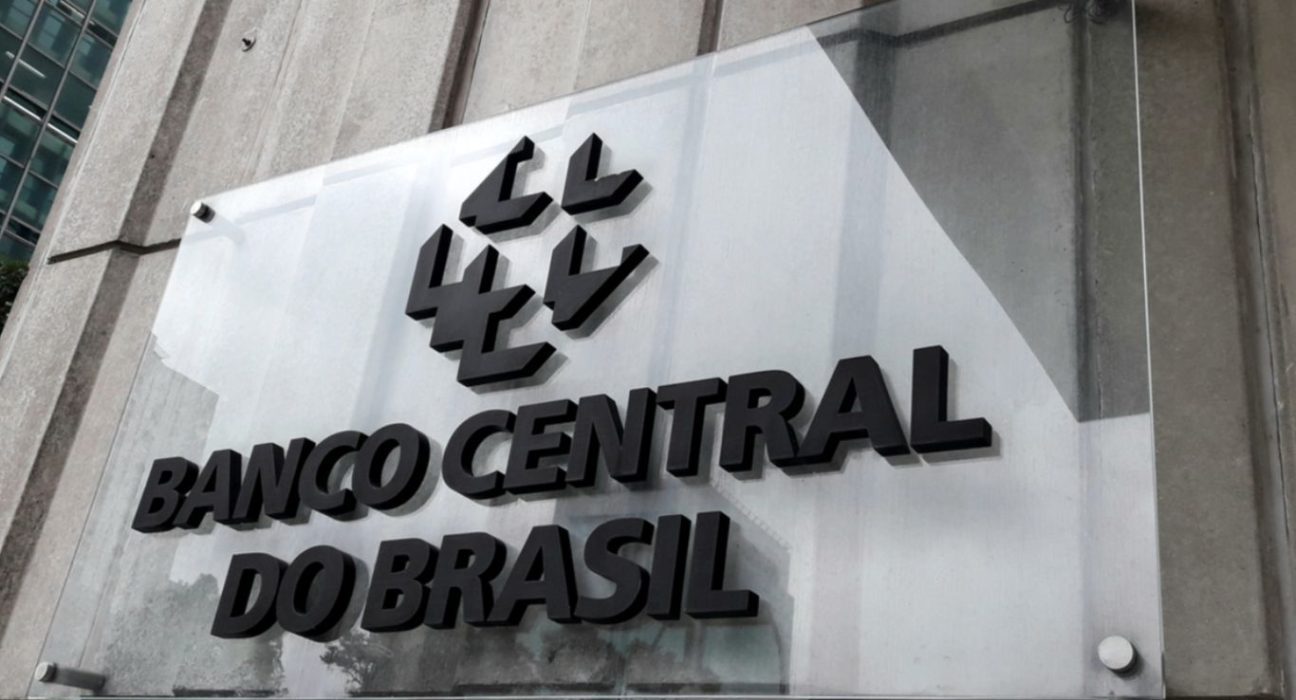Introduction
Brazil’s labor market has shown remarkable resilience as its jobless rate fell to the lowest level in nine years during the second quarter through June, according to the country’s statistics agency, IBGE. Despite grappling with high interest rates, the unemployment rate declined to 8.0%, surpassing market expectations and signaling a positive trend for Latin America’s largest economy. This article delves into the factors contributing to the recent drop in joblessness, the potential implications for the economy, and the current state of Brazil’s labor force.
A Decline in Unemployment Rate
During the three months ending in June, Brazil’s unemployment rate recorded a notable decrease from 8.3% in the previous quarter to 8.0%, confounding economists who had anticipated a median rate of 8.2%. This encouraging development marks the fourth consecutive drop for a rolling quarter, pointing to steady progress in the labor market’s recovery. The statistics agency IBGE attributed this positive shift to seasonally lower vacancy rates, signaling a potential improvement in economic conditions.
Resilience Amidst High Interest Rates
Despite the challenges posed by high interest rates, Brazil’s job market has demonstrated surprising resilience. The country’s central bank had raised interest rates in an effort to curb inflationary pressures and stabilize the economy. While high-interest rates often deter borrowing and investment, leading to concerns about economic growth and job creation, the latest data suggests that the labor market has remained steadfast.
Implications for the Economy
The decline in the jobless rate carries significant implications for Brazil’s overall economic outlook. As more people find employment, household income levels are likely to rise, potentially boosting consumer spending and stimulating economic activity. With increased consumer demand, businesses across various sectors could experience a surge in sales and growth, translating into a positive impact on the country’s Gross Domestic Product (GDP).
The Challenge Ahead: Addressing Structural Issues
Despite the positive developments, Brazil still faces underlying structural challenges in its labor market. The pandemic-induced recession and subsequent recovery highlighted the need for measures to address employment disparities and skills mismatches. There is a growing call for policies that foster workforce development, enhance education and training opportunities, and encourage investment in sectors that can create sustainable, well-paying jobs.
The Struggle of the Unemployed
While the decline in the jobless rate is undoubtedly a positive sign, there are still 8.6 million unemployed individuals in Brazil, highlighting the continued struggle for a significant portion of the population. Many job seekers have faced prolonged periods of unemployment, leading to financial strain and reduced access to essential resources. As the economy recovers, there is an urgent need to support and assist these individuals in re-entering the workforce.
A Sector-wise Analysis
A closer look at the employment data reveals interesting trends in specific sectors of the Brazilian economy. Some industries have shown greater resilience during challenging economic times, leading to sustained job creation. Sectors such as technology, e-commerce, healthcare, and renewable energy have exhibited growth and demand for skilled workers. Policymakers may use this insight to guide future initiatives aimed at promoting job growth and optimizing the allocation of resources.
Government Initiatives and Private Sector Participation
The Brazilian government has been actively implementing various policies and programs to stimulate job creation and alleviate unemployment. These initiatives range from financial incentives for businesses to hire and retain employees to infrastructure projects that generate employment opportunities. Additionally, the private sector has played a crucial role in supporting job growth through investments in innovative startups and technology-driven enterprises.
Forecast for the Future
Economists and policymakers will closely monitor the trajectory of Brazil’s labor market in the coming quarters. While the current decline in the jobless rate is promising, the sustainability of this trend will depend on the country’s ability to address structural issues, promote inclusive growth, and adapt to evolving economic conditions. By fostering an environment conducive to investment, innovation, and job creation, Brazil can lay the groundwork for a more robust and resilient labor market in the future.
Conclusion
Brazil’s recent decline in the jobless rate to its lowest level in nine years is a testament to the resilience of its labor market amidst the challenges posed by high interest rates. The positive trend reflects seasonally lower vacancy rates and suggests improvements in the country’s economic conditions. However, addressing underlying structural issues and providing support to the unemployed remain crucial to ensuring sustained economic growth and prosperity for all Brazilians. As the nation moves forward, collaborative efforts from the government, private sector, and society at large will be essential in shaping a more inclusive and dynamic labor market for the future.










